Last Night in Soho: Edgar Wright and Krysty Wilson-Cairns talk their psychological horror film
Exclusive: We talk to Edgar Wright and Krysty Wilson-Cairns about Last Night in Soho
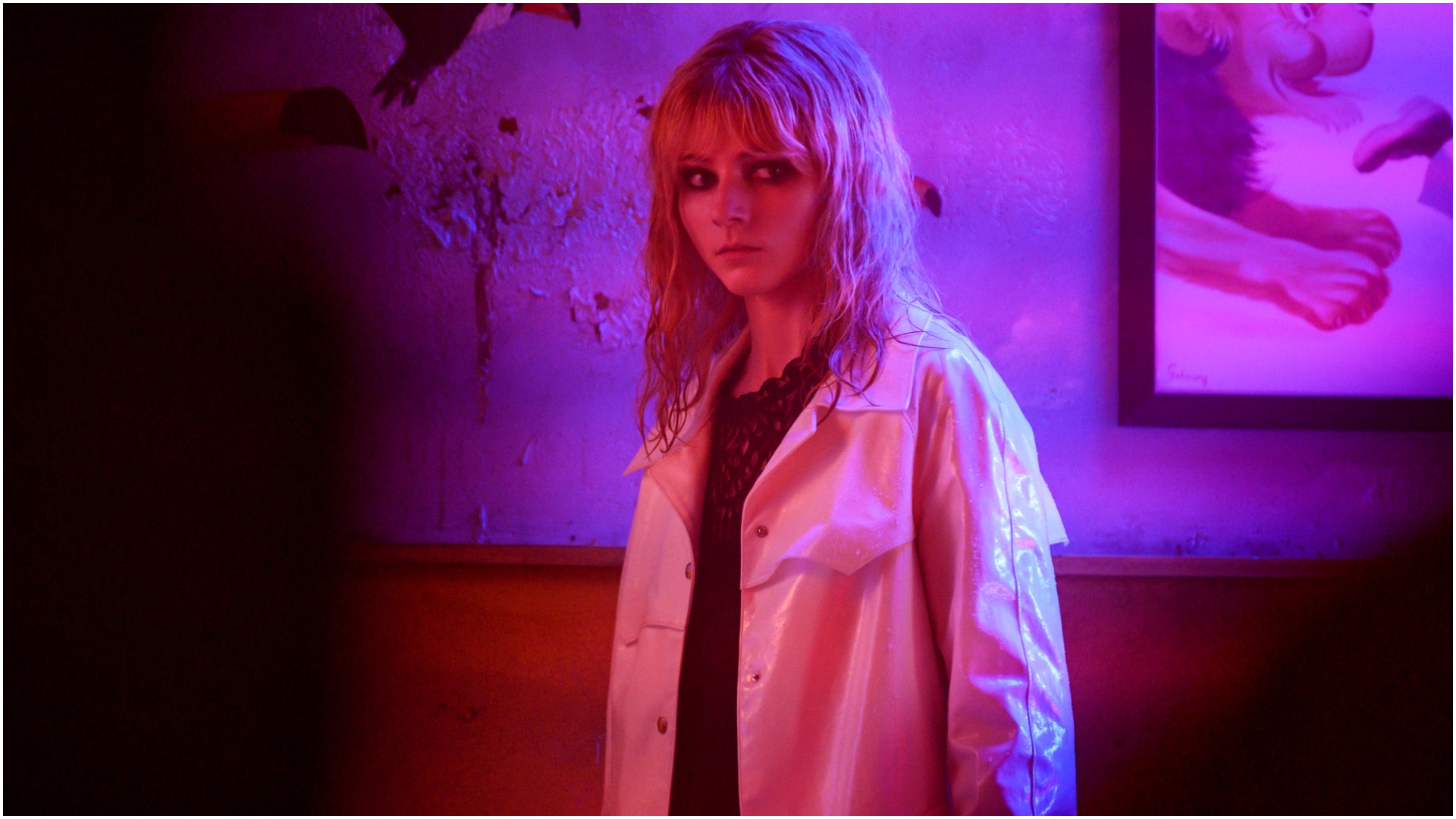
Last Night in Soho, the time-bending, psychological horror from director Edgar Wright, sees Thomasin McKenzie's Eloise arrive to London with big dreams. A 1960s-obsessed fashion student, Ellie escapes from her student accommodation to a room in Soho, rented to her by Diana Rigg's Miss Collins. There, she starts to have intoxicating dreams of the past, with Anya Taylor-Joy's hypnotic Sandie taking center stage, along with the sinister Jack (Matt Smith).
As Ellie falls further into the past, the dreams – or are they hauntings? – get darker and more dangerous, spilling over into her real life as reality and nightmare blur indistinguishably.
We sat down with director Wright and his co-writer Krysty Wilson-Cairns to talk about the movie, including what it was like to recreate the '60s in the heart of modern day London, the dangers of getting lost in nostalgia, and the film's feminist themes. Check out our conversation below, edited for length and clarity.
GR+: When talking to Total Film, Edgar, you said that Krysty beefed up Anya Taylor-Joy's role as Sandie and added dialogue to her scenes. Could you both talk about what motivated that change?
Edgar Wright: The structure of the movie was the same, but originally, I had this idea that the '60s sequences would be musical, but without dialogue. And then when I started writing the screenplay with Krysty, one of the first things that [she] said was, "To fall in love with Sandie, like Eloise falls in love with Sandie, we really need to hear her speak and flesh out that character." So, that's what happened. That was the big, major change that happened to the screenplay, that the '60s scenes had dialogue. And I'm so glad they did, because [they were] my favorite bits to write with Krysty.
And then in the course of that, those scenes expanded and I think it was [Krysty's] suggestion of having the audition scene. Once the Sandie part was getting bigger, in my head, I started to change who I wanted Anya to play, because originally, I had talked to her about playing Eloise, even before the screenplay was written. And as the Sandie character got bigger and more detailed and had more scenes, I thought "Oh, Anya Taylor-Joy should play Sandie instead."
Krysty Wilson-Cairns: It was so important to me, as once upon a time I was a young woman, and the women that I would become obsessed with or want to be or want to read about – it wasn't just about how they looked or how they moved. It was about their confidence and their attitude and their ambition and their drive. And I thought, to get that, you need to have dialogue, so it was very much from a character-driven place. And I'm glad we did because I think [it] allows those characters to really mirror each other and then you get to see what Ellie is so desperate for, this confidence, which at 18, and still even at 34, I would like Anya Taylor-Joy's confidence. [Laughs]
Sign up for the Total Film Newsletter
Bringing all the latest movie news, features, and reviews to your inbox
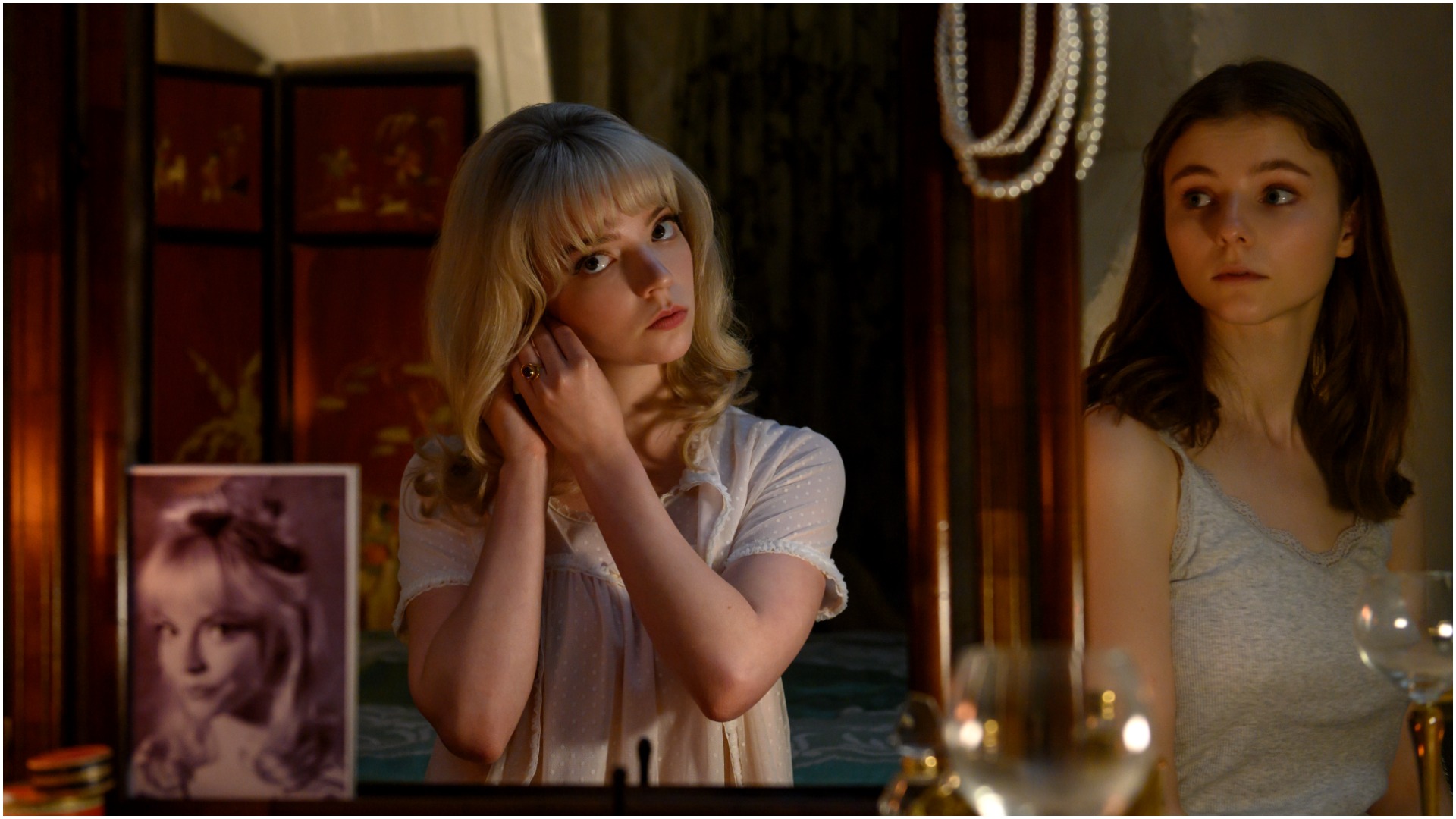
Edgar, what prompted you to move away from the more upbeat and comedy feel of your previous movies to more of a psychological horror? It does feel like a natural direction, but what caused you to finally make that jump?
EW: I think it's being 47 and spending too much time in London. [Laughs] No, I have a love affair with the city, I love London, I live here. But it's a place where good and bad coexist every day. It's something where, both of us [have spent] so much time in Soho over the years, both living and working. And it's a place that's compelling, in it's as dark as it is fun sometimes, and some people never think about those sides to it, both in the past or in the modern-day. Me and Krysty think about that a lot. It's something where you're trying to deal with the ghosts of the past on a daily basis. The movie is about the idea of nostalgia and if you're obsessing about decades that you never lived in, what is that really about? Is that your failure to deal with modern life, if you're constantly thinking about these good old days that maybe don't actually exist? What is that? Is that something where you're retreating from the modern world? I promise I'm fun in person.
Speaking of nostalgia, the film really does show how intoxicating it can be. Was that always there from the start? Or did that develop as you were going through the story?
EW: It was sort of the point of the movie. Listen, I'd be lying if somebody said to me, right now, would you like to time travel back to the '60s? I'd be like, 'Oh, yeah.' I'd make sure I had the right money. But, of course, you can't have the good without the bad. It's not like that information isn't out there, or wasn't at the time in literature and the news and culture at the time. As you get further away from a decade, the tendency is to only romanticize it and think only about the good times. And in some cases, the good times that you hear about in the '60s, like the Rolling Stones and the Beatles at the Ad Lib Club hanging out with Princess Margaret, that's also just the top one per cent. [Laughs] The cool set, not the rest of London, or the suburbs, let alone the rest of the country. It's that thing of just trying to basically have a more measured response to the idea of everything was cool back in the '60s.
You were working with Diana Rigg and Terence Stamp – what was that like? Are there any moments or memories from the set that you'll always remember, or any stories that they told?
EW: It was amazing to have Terence, Diana Rigg, and Rita Tushingham as well, who are all '60s icons – but I don't know whether they think of themselves as '60s icons. In a similar way, in the movie, where Eloise talks to at least two characters who were around at the time, with this giddy, puppy dog-ish enthusiasm about the decade, I've certainly been like that with people. It's different for people who were there because they remember it all. It's sort of the point of the movie. And, Diana and Rita and Terence would give their perspective on the script, which was invaluable, really, to have them be there. I showed it to Rita Tushingham the other day, and she really loved it. But my first question was, 'Did we get the '60s stuff right?' [Laughs] She was there as an 18-year-old star, not dissimilar to Thomasin McKenzie now. It's amazing.
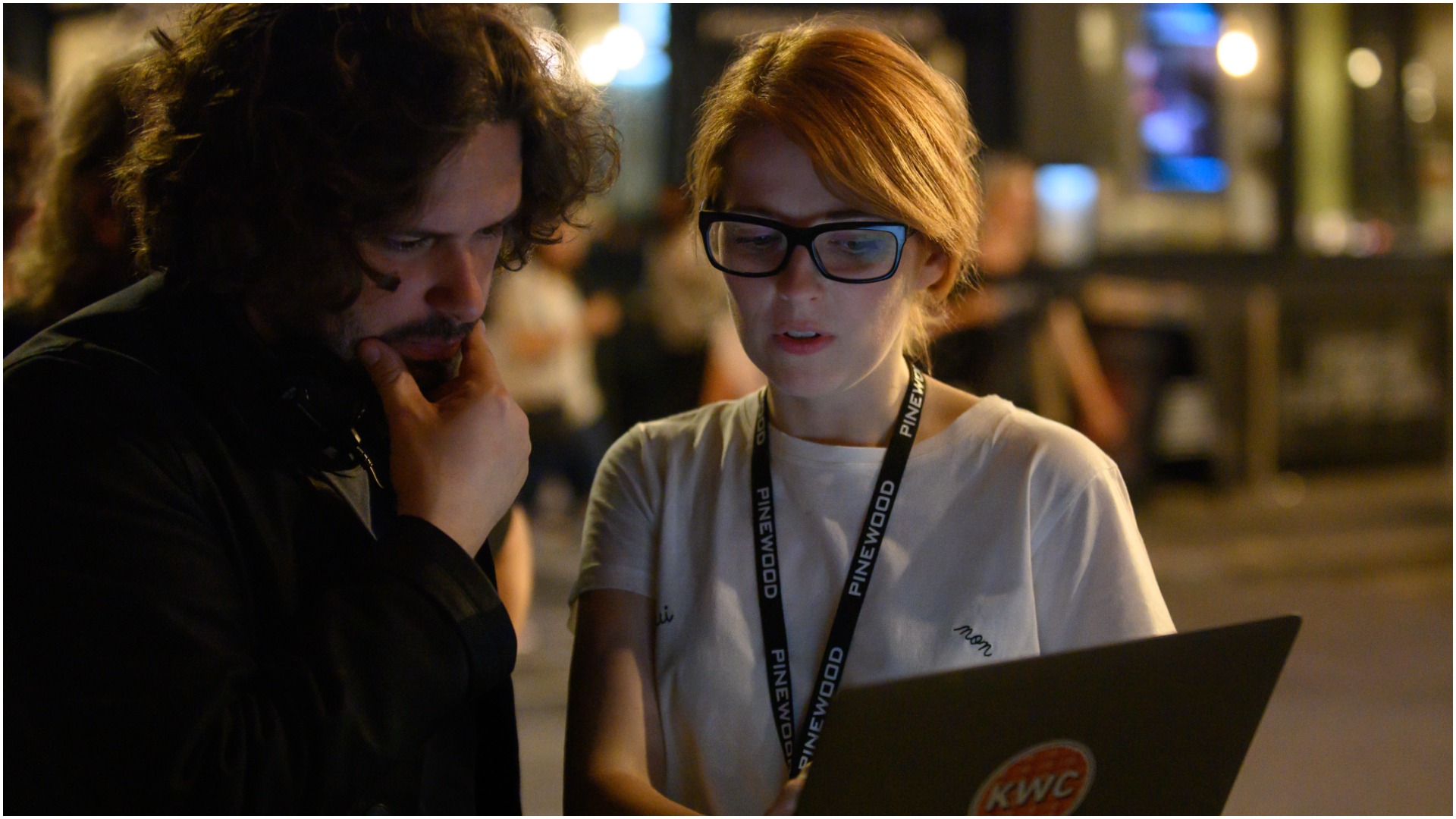
A lot of the time, Ellie and Sandie are literally reflections of each other, or we see Ellie trapped behind a mirror, watching Sandie, and trying to reach out. Could you both talk about the use of mirrors in the film?
EW: The idea is the terror of going back in time – what if you went back in time, but you couldn't do anything, you were merely an observer? You're not Marty McFly, you can't go back to the '60s and change the future, you can only watch. At first, it's quite an intoxicating thing to witness and be a voyeur and eavesdrop on these private scenes. But then as things take a turn for the worse, and your lead character is powerless to avert these events, then it becomes really nightmarish.
KWC: And the mirrors, I was always amazed getting to go on set, or even in the writers' room when Edgar would talk me through how some of this mirror stuff was going to happen. The thing I liked most about it was it all stems from their characters, right? Sandie and Eloise are mirrored and, okay, that mirror is not always a true reflection for Eloise, but it's who she wants to be, who she wants to see in the mirror, until it's not who she wants to see in the mirror, and then she can't see anyone else. And I just thought the in-camera effects and trickery and the choreography – to get to witness that was wild, especially knowing, obviously with Edgar and the amazing cast and the incredible crew, that it was just driving the story. It wasn't done just because 'Hey, this is amazing we can do this,' it was done to unlock the heart of those characters, which I think is real filmmaking.
A lot of research has been done for this movie. When you were researching the past, was there anything really surprising that you found, or anything you wanted to incorporate into the movie that you couldn't?
EW: I had so much amazing research done by Lucy Pardee and I actually reread some of it the other day, because it was this enormous phonebook tome. I asked to research every single part of the movie, not just people who lived and worked in Soho then, people who live and work in Soho now, from every walk of life. And students coming to London, and people who have sleep paralysis visions. It's almost like there are probably 20 movies in that research. I'm kind of cautious to reveal anything just in case it inspires a different script.
Eloise's dreams in the film literally do turn to nightmares, and the hauntings get more and more extreme the deeper she goes into the past. You've talked about the nostalgia element and the dangers of romanticizing the past, but is this also a comment on the dangers of dreaming too much and not paying attention to the world around you? Because there's n element of 'be careful what you wish for' in the movie.
EW: Yeah, I think what you said is exactly it, there is that element where if you are thinking about the past too much, is that a failure to deal with the present day? Or are you retreating from modern life to think about [the past]? I think I do that, and I guess that's one of the inspirations for the script, is that I would think a lot about the idea of traveling back in time and then would start to wonder why I was doing that.
KWC: I find it's perhaps too close to the bone to say be careful how much time you spend dreaming, because my job is to literally sit and fantasize and work stuff out. And I suppose yeah, I probably fix problems in the scripts better than I fix problems in my life, so it's a cautionary tale for everyone who does that as well.
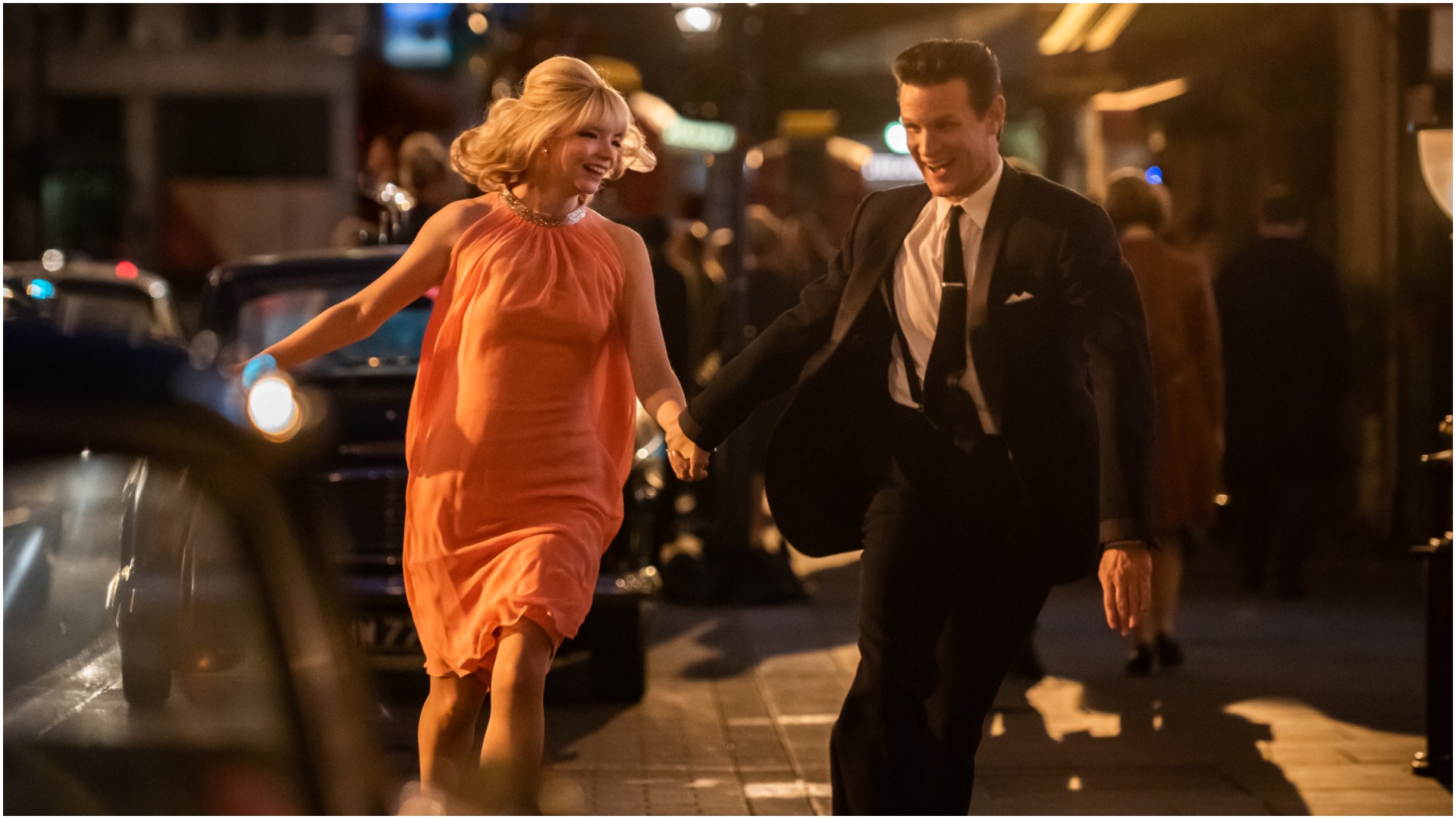
There are a lot of incredible scenes that take place in the '60s, like the big set piece with Ellie crossing the street. What was it like recreating the past like that, and being there in that moment?
EW: It was real white knuckle stuff. It was amazing, and it's a testament to my location department and production department that we were able to pull it off. It was all happening, you have one night to do it, it's Sunday night, 10:30pm [to] 2:30am. That's as much time as the City of Westminster will give us, so it's like 'We better get it right.' It's amazing during that scene, where we couldn't rehearse on the actual street because it's the Haymarket, which is one of the busiest parts of London, so we had to rehearse on an airstrip with Thomasin McKenzie so we could work it out with the cars and everything, so she wouldn't get run over by some period cars and a period bus, a real one. We did a lot of rehearsal in a different location and then had to apply that to the Haymarket in the four hours that we were given. That was a really ambitious shot, and I'm amazed that we pulled it off. And then there are other shots later in the movie, like when Matt Smith and Anya Taylor-Joy are driving up Frith Street, which, if you don't know London, is like the heart of Soho. As you probably know, there's no night where Soho is not busy. So it was really ambitious stuff to attempt. I'm really proud of the fact that everything that we shot in Soho was actually in Soho and not faked somewhere else.
The movie has a strong feminist feel as well. How did that develop as you were making the movie? Was that another thing that you were really focused on all the way through?
EW: I guess it was always there in the story. It's difficult, especially for me, to sit down and attribute some of those themes to it, because it's inherent in the story that we were telling. In a way, I guess one of the inspirations [is] that I always found it quite curious that there are a lot of '60s movies, where young women were punished for the audacity of wanting to make it big. And there's a lot of those movies in the '60s where it felt like the older generation was slapping the wrist of the younger, progressive generation. And there are some really good movies made at that time, and a lot of ones that are very salacious and sensationalistic and moralistic, and I always thought that was really curious and a bit dark, and so it was an attempt to comment on that by twinning that with a modern narrative as well.
KWC: There's the assumption that I came on board and somehow made it about women, but that was in the absolute DNA of the story. To spare his blushes, Edgar's incredibly empathetic and can understand what it's like for someone outside his experience. And also, your producer is a woman, most of your team are female. So it wasn't necessarily coming from just a singular male perspective, it was already a very built story about what it was like for these two women to journey through their individual time periods. I didn't add that, that was there.
Edgar, you've said that you gave everyone in the cast a few movies to watch before filming Last Night in Soho. Do you both have any movie recommendations for the audience to watch before going in?
EW: I don't want anybody to feel like there's required reading before the movie. We basically had an archive online, where there were 50 films or something, but it wasn't like you have to watch all 50. It was like, 'If you want to watch any films from the period, here are some.' I definitely pointed Anya and Thomasin in the direction of some films that I thought would be helpful. Both Matt and Anya, and Thomasin, they all watched Ken Loach's Poor Cow, which features Terence Stamp. Some of those movies that are very naturalistic are a good way of seeing the period as it really was rather than necessarily what you see in movies. Because, obviously, movies of the time are a bit more of a heightened style. Some of it was just reference for the costume department and the production design department, or for Anya to watch some films with actresses of the time, like John Schlesinger's Darling with Julie Christie is a great example.
But [I'm] always cautious doing too many recommendations because sometimes I feel that people say 'Oh, what films should I watch to get ready for Last Night in Soho?' And I was like, 'Well you don't have to really watch anything.' [Laughs] If you like the movie, watch them afterward as further reading. But I don't feel there should be any required reading before the movie.
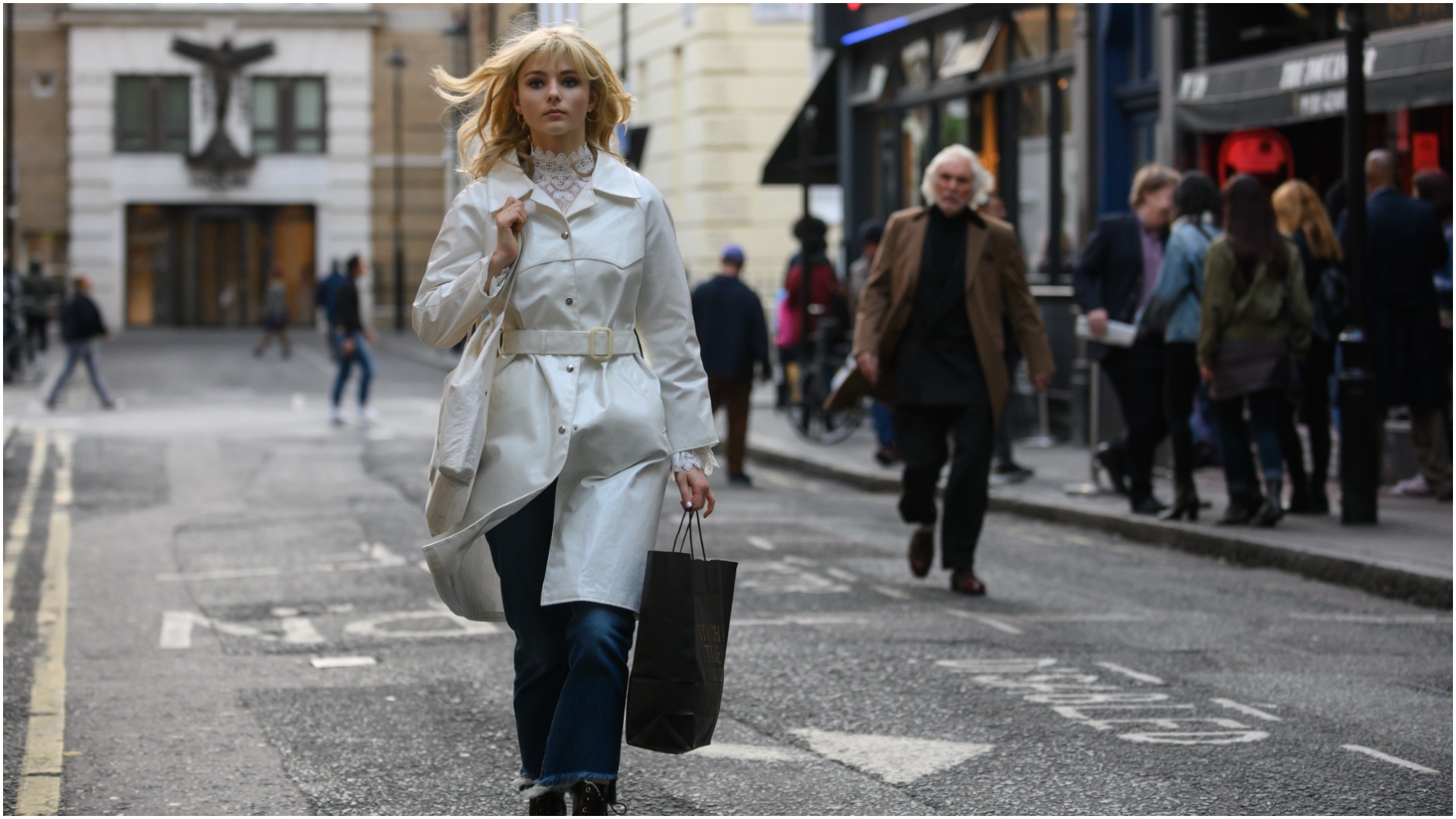
Krysty, you're working with Taika Waititi on Star Wars, and he's said he's got the story ready. Did you take anything on your experience in this movie into writing on that project? And is it maybe something unexpected?
KWC: I can't say anything about Star Wars or Mickey Mouse will come in here and kill me. I'm afraid of him. So no, I'm so sorry, I can't say anything. I can only say that working on this as a writer was such an incredible experience to learn filmmaking from an absolute master.
And Edgar, are you still working on The Running Man?
EW: I can't say anything about it because Mickey Mouse, who is not involved in the project, will also kill me… Occasionally, I learn from my mistakes. And one of them was talking about a project that hadn't actually been made yet. And after I didn't actually make the movie I thought, 'Ah, so annoying that there are all those interviews out there about me talking about a movie that I didn't make.' So I decided 'You know what? In future, don't talk about movies where you haven't shot a single frame yet.'
Last Night in Soho releases in cinemas this October 29. For everything else the next few months have in store for us, check out our guide to all the upcoming major movie release dates.
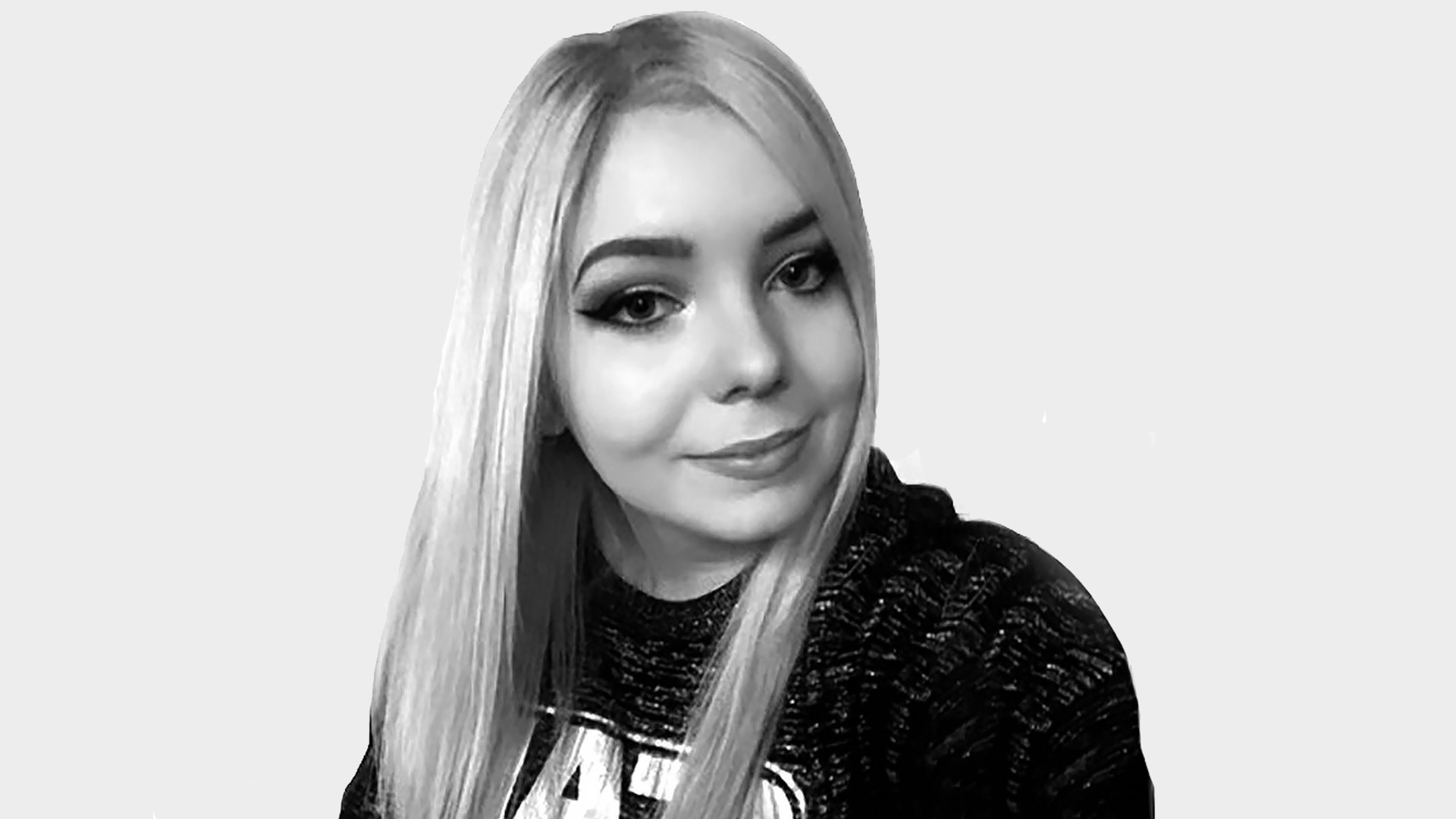
I'm a Senior Entertainment Writer here at GamesRadar+, covering all things film and TV for the site's Total Film and SFX sections. I previously worked on the Disney magazines team at Immediate Media, and also wrote on the CBeebies, MEGA!, and Star Wars Galaxy titles after graduating with a BA in English.


